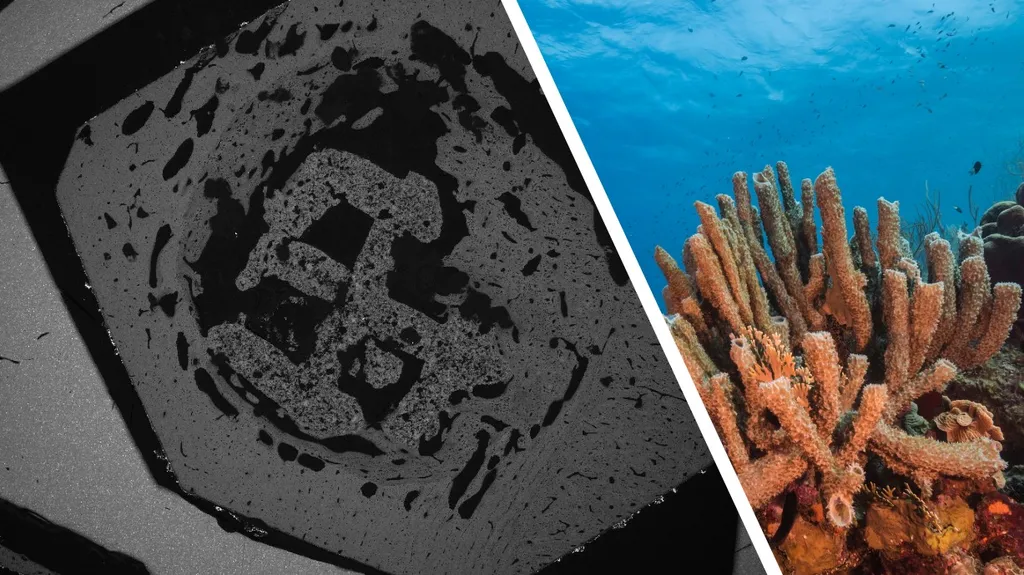In the quest to develop advanced materials for medical applications, researchers have turned to hybrid composites, blending the strengths of various fibers and polymers to create materials that can outperform human bone. A recent study, led by Harini Sosiati from the Department of Mechanical Engineering at Universitas Muhammadiyah Yogyakarta in Indonesia, explores the potential of epoxy-hydroxyapatite (HA) hybrid composites reinforced with woven carbon fiber and nylon fiber mesh. The findings, published in ‘Materials Research Express’ (which translates to ‘Materials Research Express’ in English), could pave the way for innovative solutions in external fixators, with implications for the broader medical and energy sectors.
The study focuses on four different layering sequences of carbon fiber (C) and nylon mesh fiber (N) within an epoxy (E) matrix containing hydroxyapatite microparticles. The goal was to evaluate their mechanical performance for potential use in external fixators, which are devices used to stabilize broken bones. “We aimed to create a material that could match or exceed the mechanical properties of human cortical bone while remaining lightweight and adjustable,” Sosiati explained.
The composites were fabricated using a hand-laying-up process followed by hot press molding, with a reinforcement ratio of 20 vol% (C+N) to 80 vol% (79 vol% E + 1 vol% HA). Prior to fabrication, the carbon fibers were pre-treated in liquid nitrogen for 10 minutes to enhance their properties. Mechanical testing, including tensile, bending, impact, and hardness tests, revealed that all composite types exhibited higher mechanical strength than human cortical bone, while their Young’s moduli remained within the cortical bone range.
Among the tested variations, the C-N-N-C-C composite demonstrated the highest tensile strength (205 MPa) and Young’s modulus (12.85 GPa). It also exhibited the highest flexural strength (137.95 MPa), impact strength (89.19 kJ m^−2), and hardness (69.33 Shore-D). “The C-N-N-C-C composite showed exceptional mechanical properties, making it a strong candidate for external fixators,” Sosiati noted.
Finite element analysis using ANSYS Workbench 2019 R3 further confirmed its suitability, with a von Mises stress of 17.35 MPa. Based on these findings, the C-N-N-C-C composite is recommended as a viable material for external fixators, particularly for individuals aged 25 to 40 years.
The implications of this research extend beyond the medical field. The development of advanced composites with tailored mechanical properties can also benefit the energy sector, where lightweight and high-strength materials are in demand for applications such as wind turbine blades and automotive components. “The versatility of these composites opens up new possibilities for various industries,” Sosiati added.
As the demand for sustainable and high-performance materials continues to grow, the findings from this study could shape future developments in the field of composite materials. By pushing the boundaries of what is possible with hybrid composites, researchers like Sosiati are paving the way for innovative solutions that can address the challenges of tomorrow.

